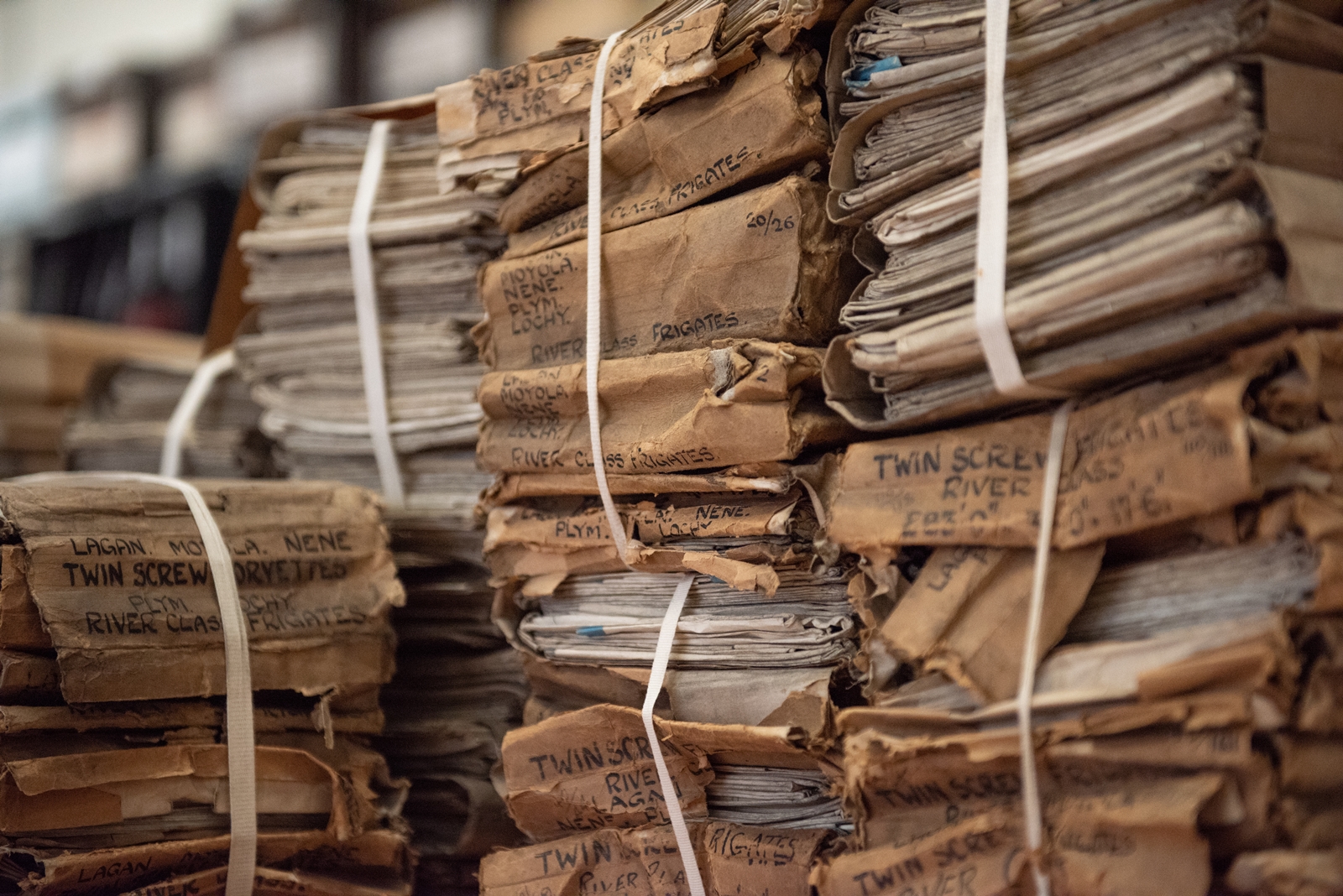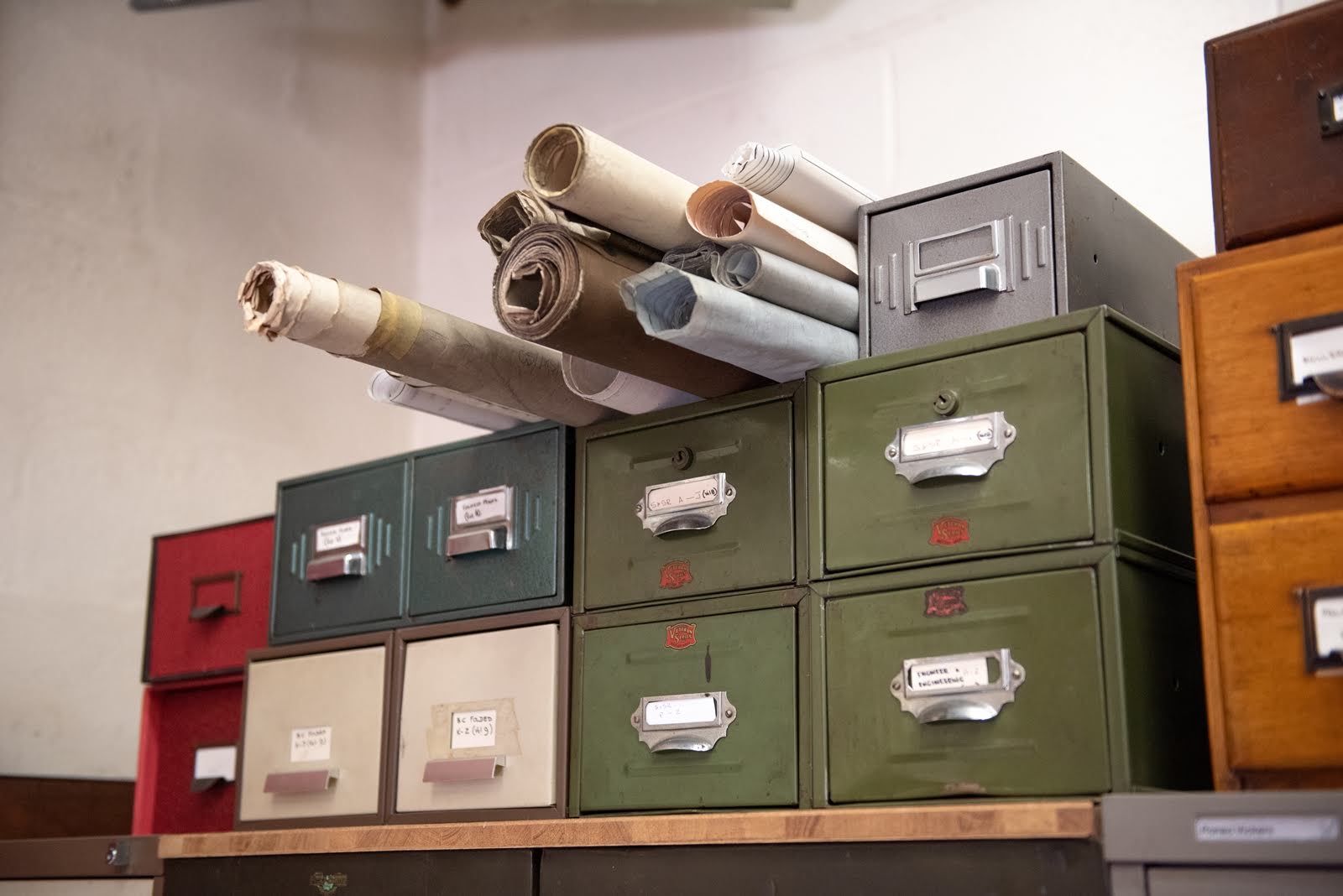
Collections & Resources
Although the Ballast Trust is not a collecting archive it does have three collections which it has inherited from William Lind. These are the Lind collection, the Dan McDonald collection and records from The British Corporation.
William Lind was a ship enthusiast and he had a personal collection of ship plans and photographs. This collection is uncatalogued and therefore difficult to access for research. We do have hand-written index cards for some of the collection so if there is a particular vessel you are interested in we can check our cards. We are working on creating an electronic version of this information.


The Dan McDonald collection
Dan McDonald was primarily known as a puffer enthusiast who won the respect of captains and crews of the puffer fraternity for his enthusiasm for and knowledge of a craft which he made a lifelong study and captured in photographs. However, he also photographed other types of vessels and places around Scotland and built up a significant collection of images in his lifetime.
William Lind bought Dan’s negative collection in 1996 and it now resides in the Trust’s offices.
- Dan McDonald Catalogue (excel spreadsheet format)
More information about the collection, how it was processed, what it contains, as well as a selection of images can be found on our blog.
British Corporation for the Survey and Registry of Shipping
Formed in 1890 The British Corporation was a register of ships, before amalgamating with the Lloyd’s Register of Ships in 1949. We have a collection of plans for the British Corporation here at the Ballast Trust, while the University of Glasgow has a collection containing survey reports (UGD304).
The collection dates from circa 1890 to the 1960’s, and lists the name of the ship, type, who the builder was, alongside the year constructed, yard number and what specification sheets are present for the ship. Our total collection numbers just under 1000 ships, and can be searched via the link below.

Our Resources
The Ballast Trust has built a strong reference collection to help process collections and answer enquiries. The subject matter of this has naturally focused on shipbuilding, railways and engineering for the most part.
Some examples of reference materials we have include:
- Lloyd’s Register of Shipping 1885 – 1999 (incomplete)
- Extracts from Dumbarton Herald and Lennoxtown Herald 1851-1988 and the Helensburgh and Gareloch Times 1880-1973 relating to Clyde boatbuilding
- The railways of Great Britain – a historical atlas
- Dictionary of Scottish Business Biography
- Scottish Industrial History (Journal of the Business Archives Council of Scotland)















